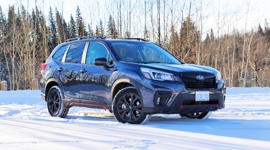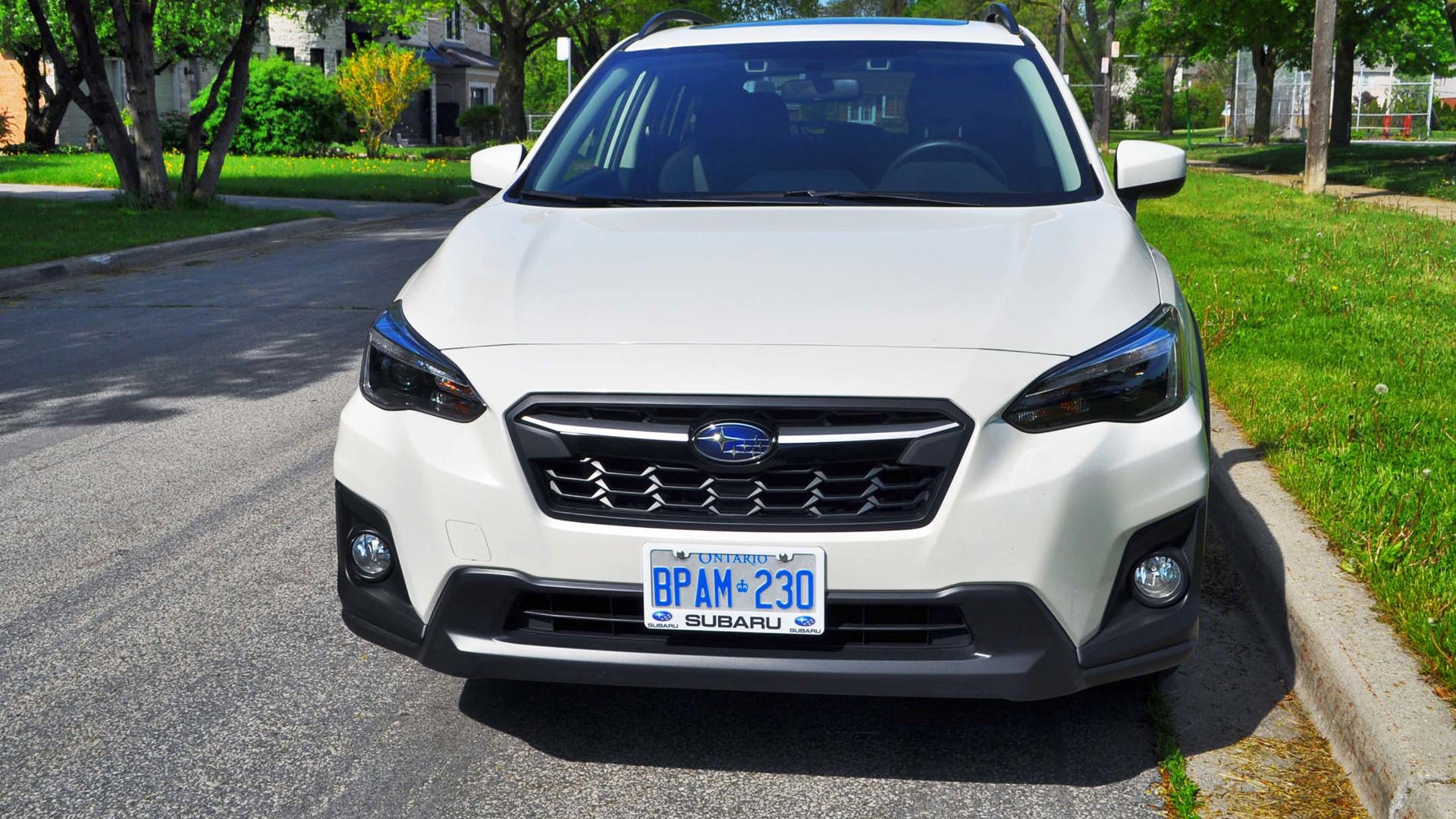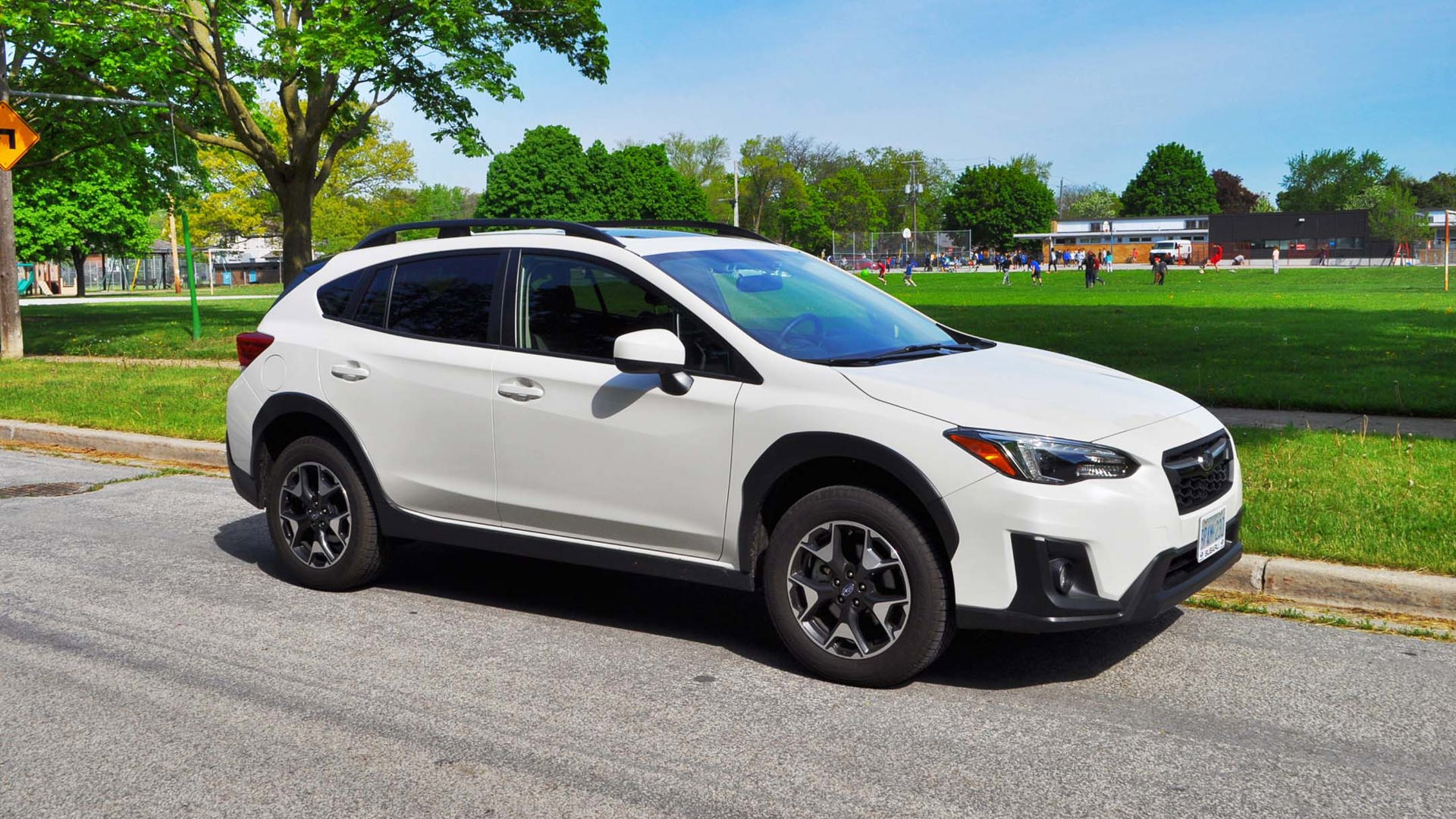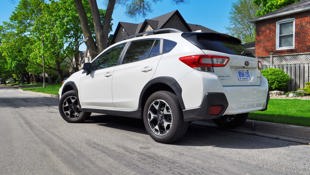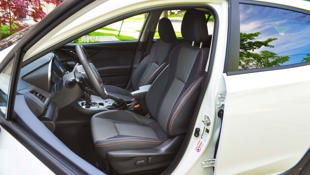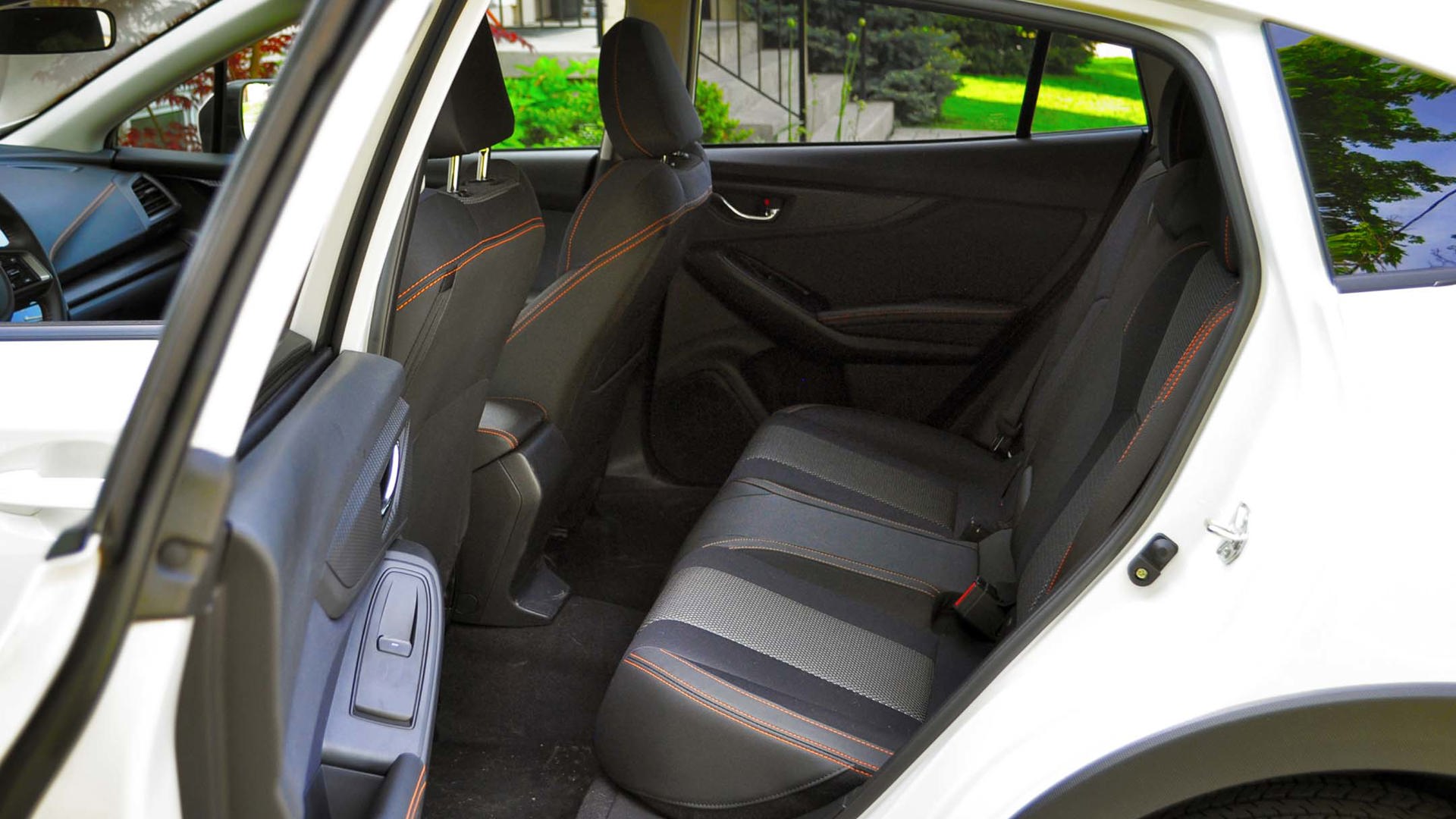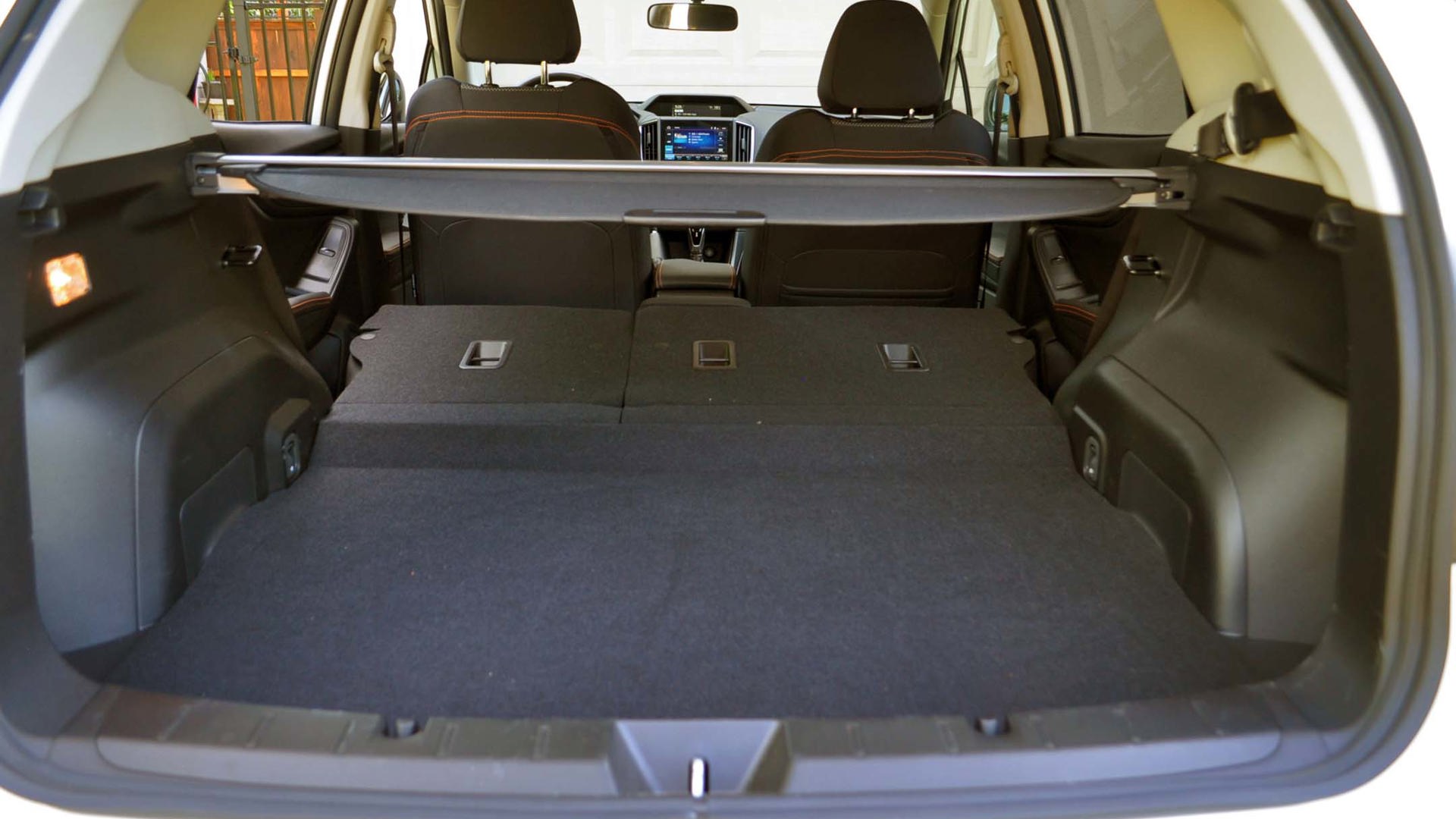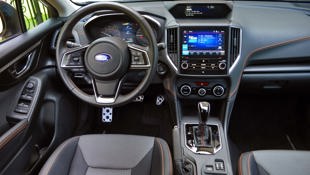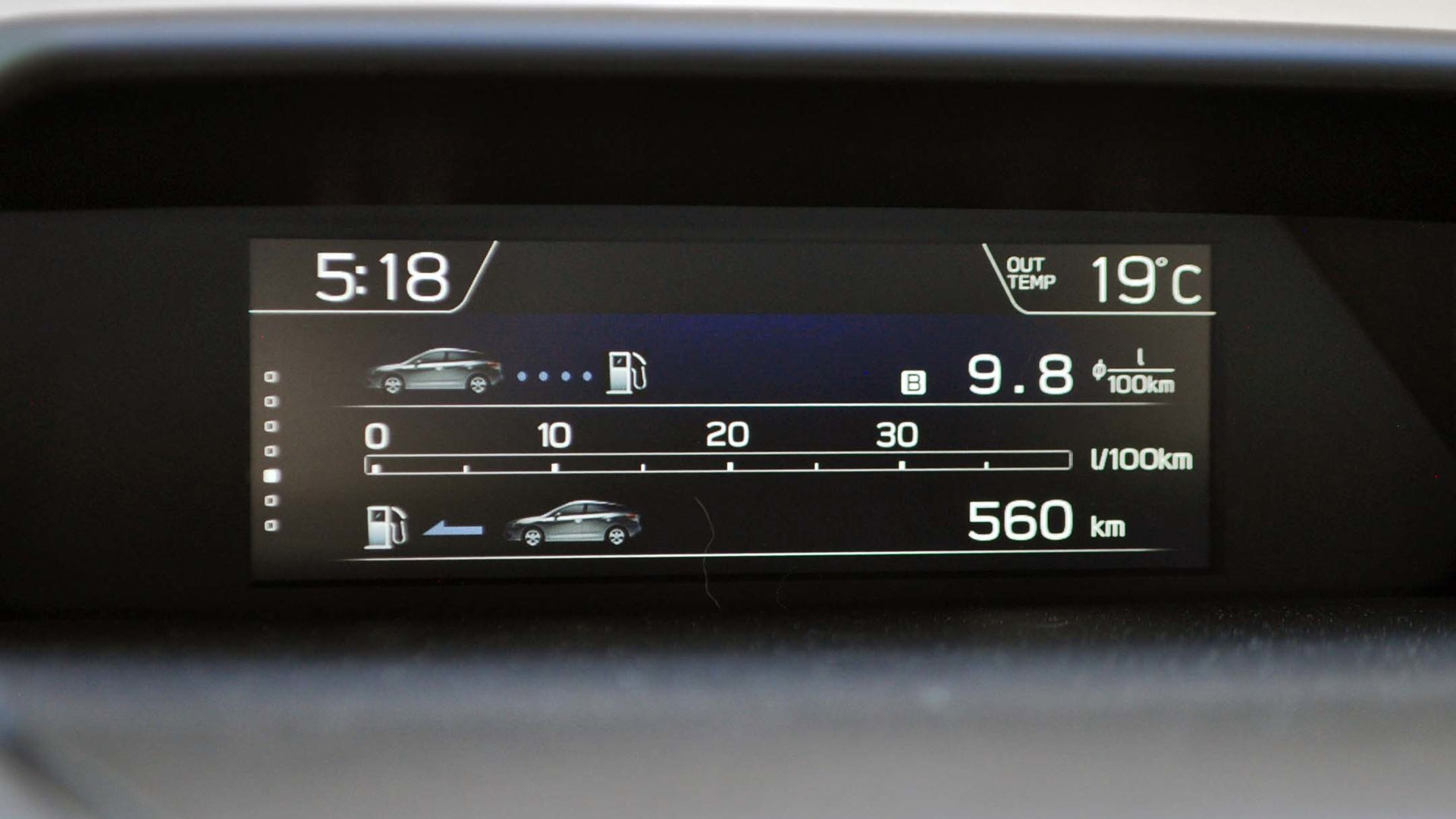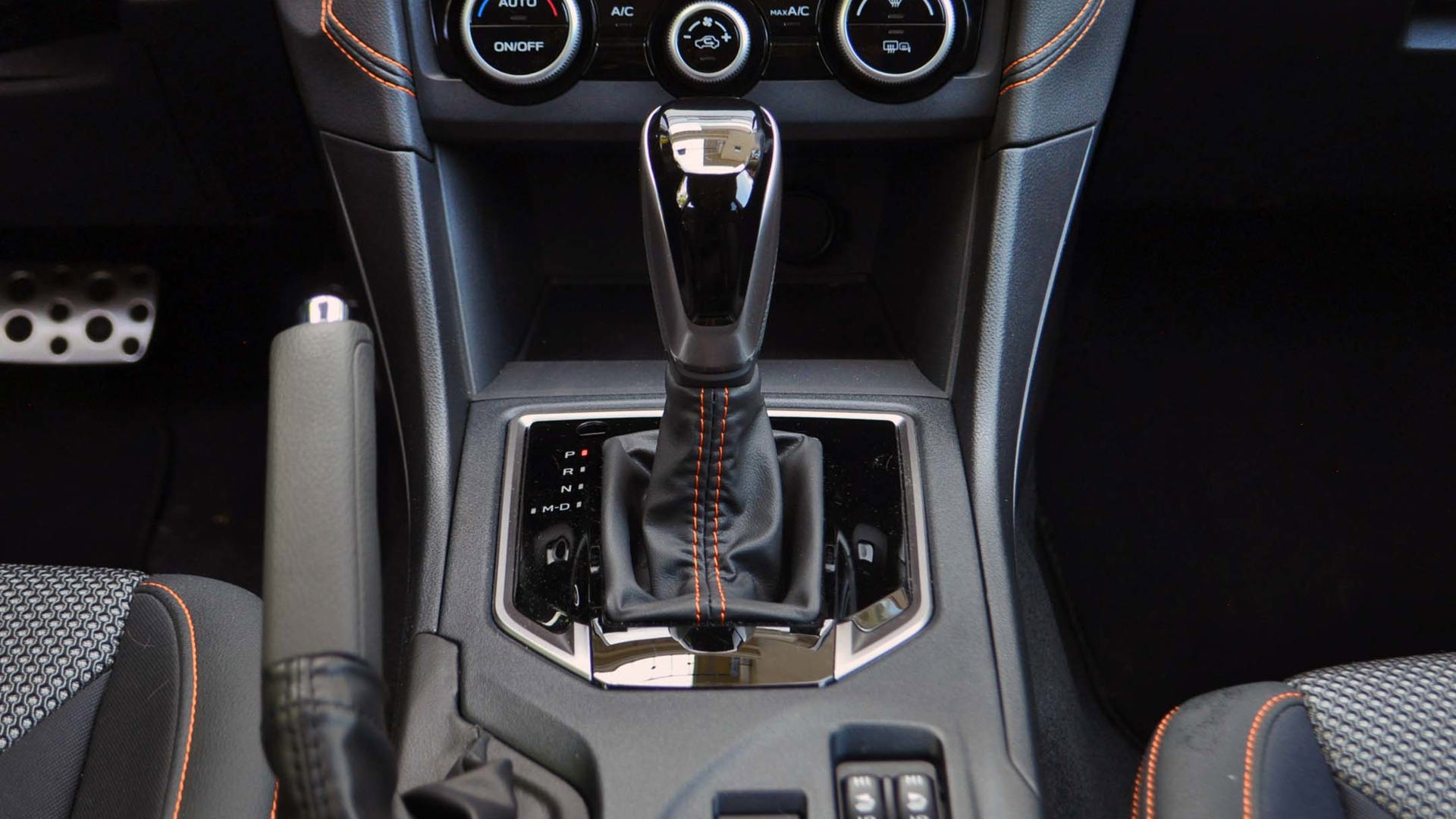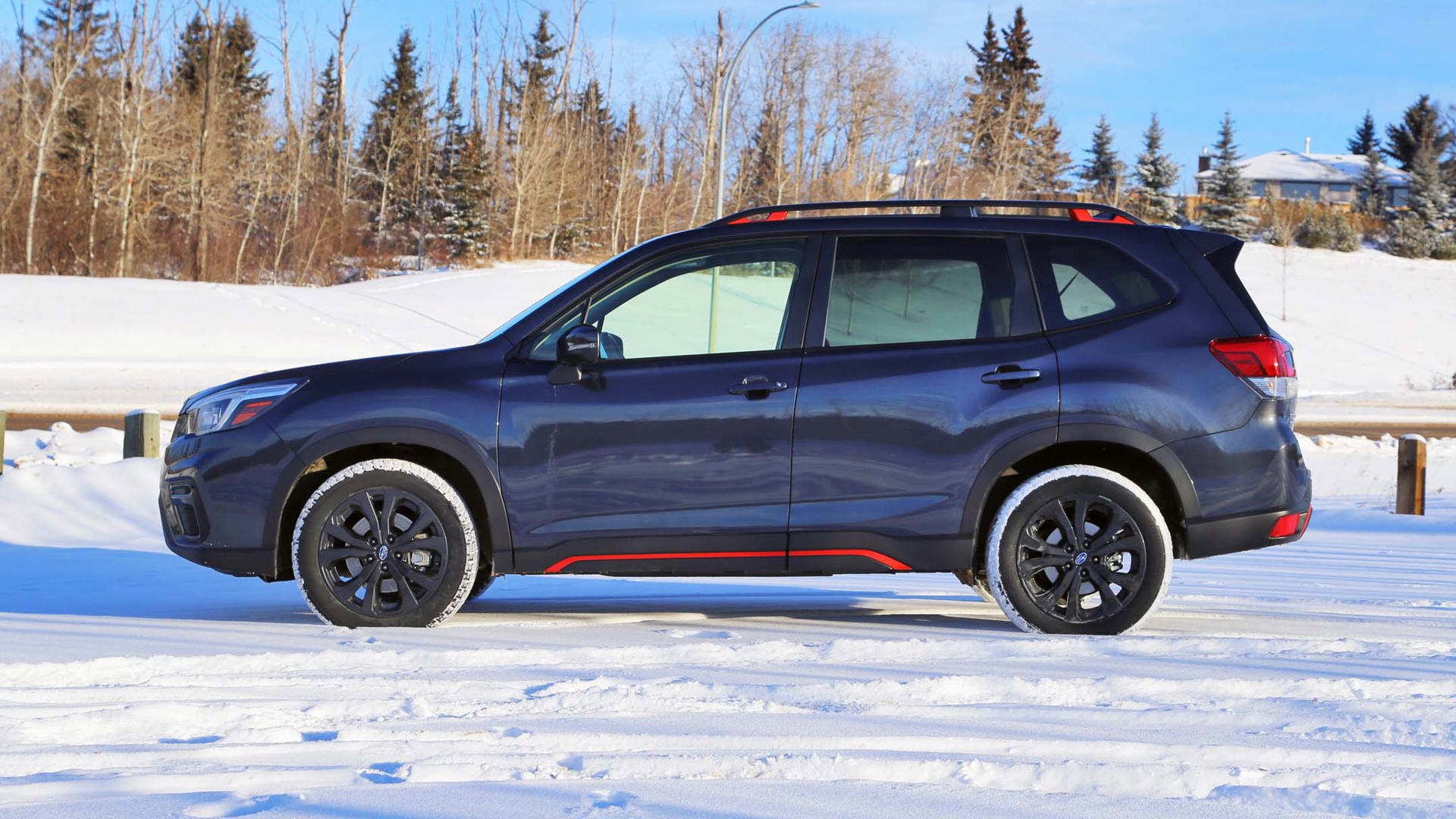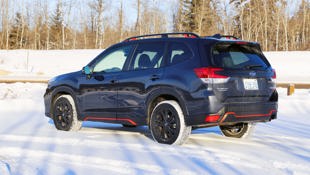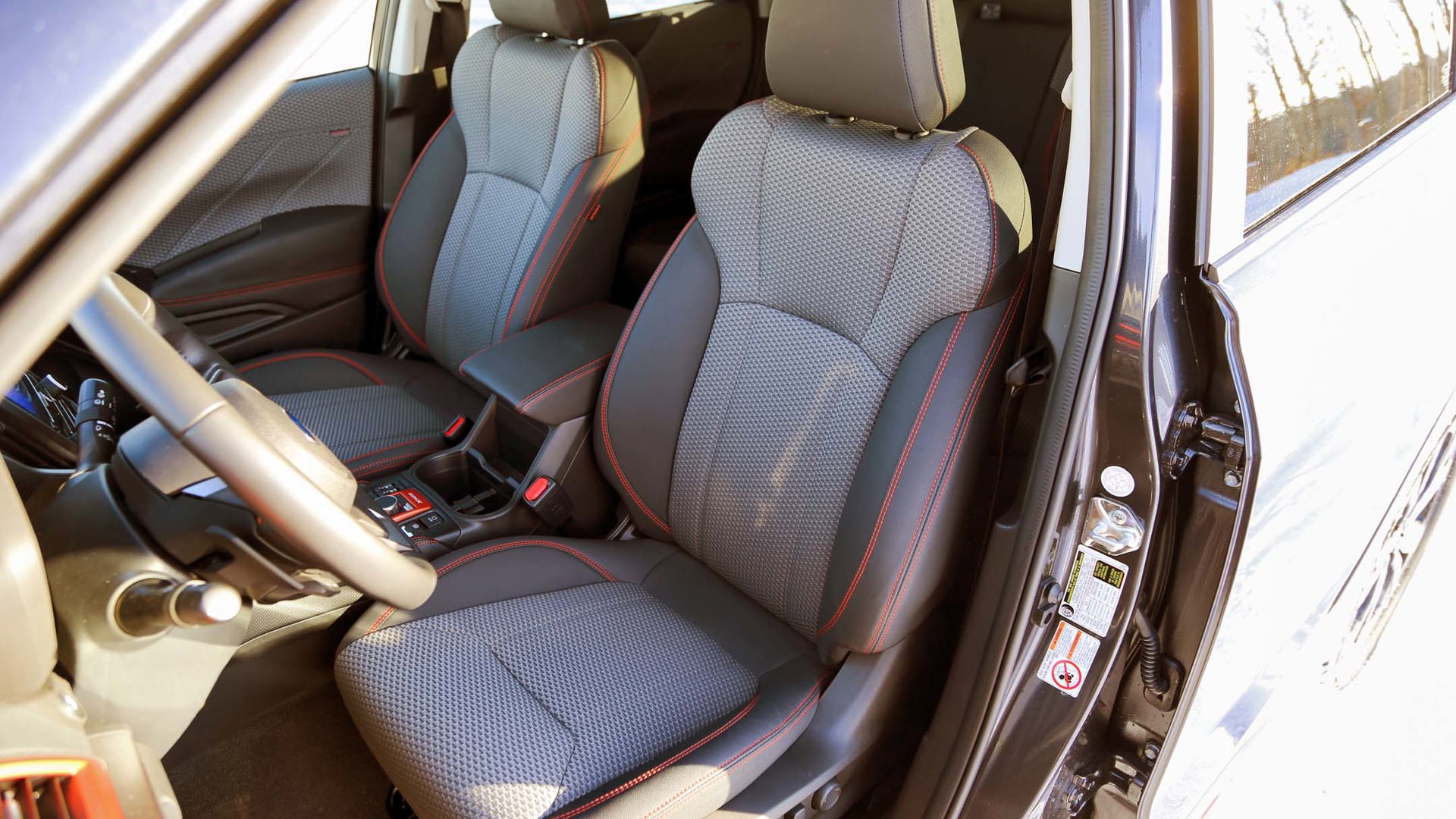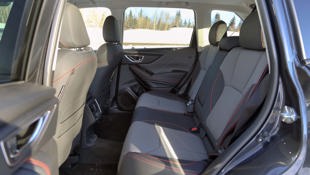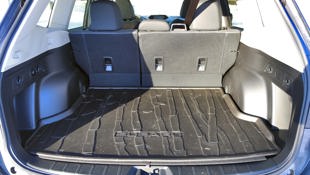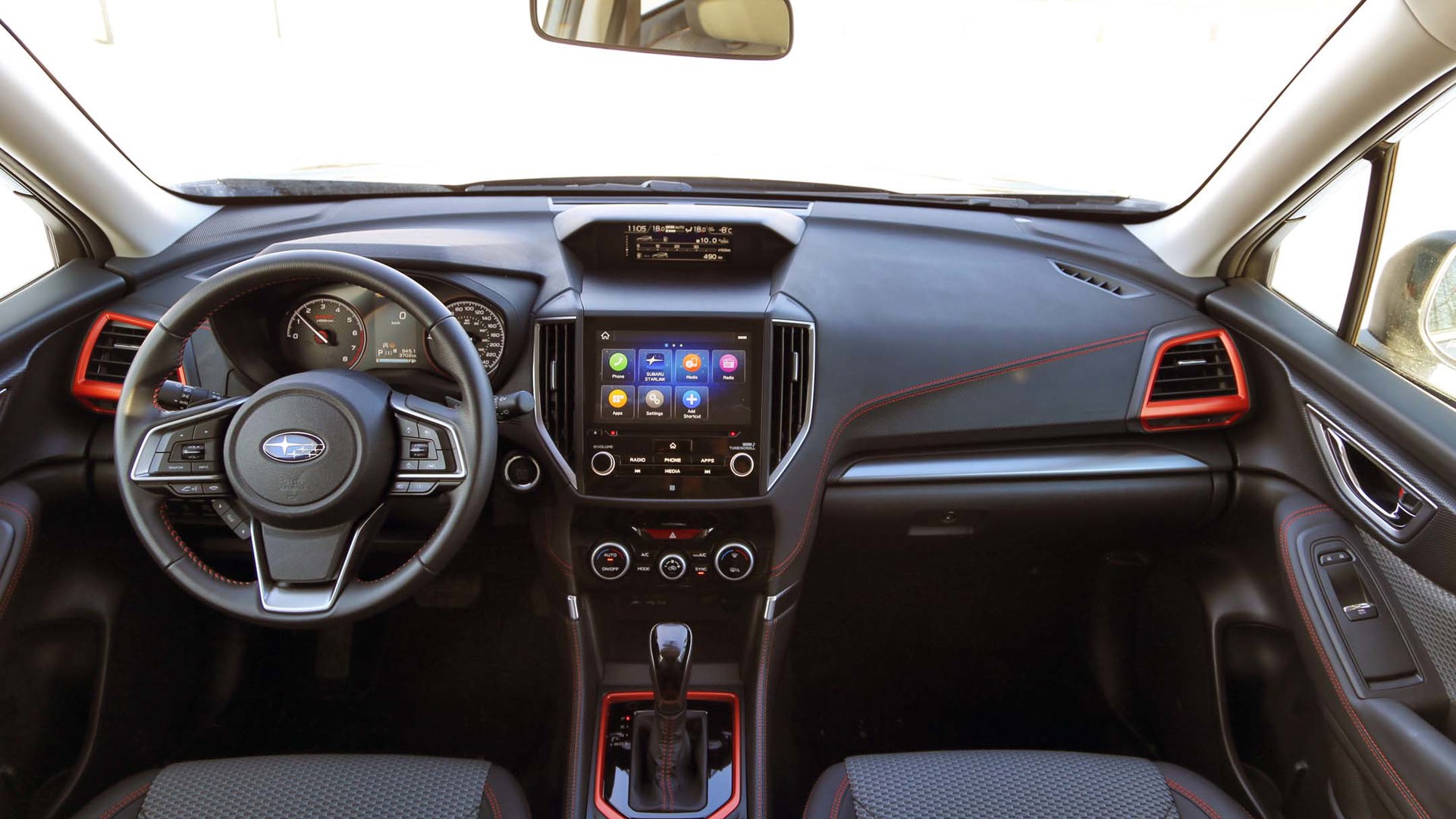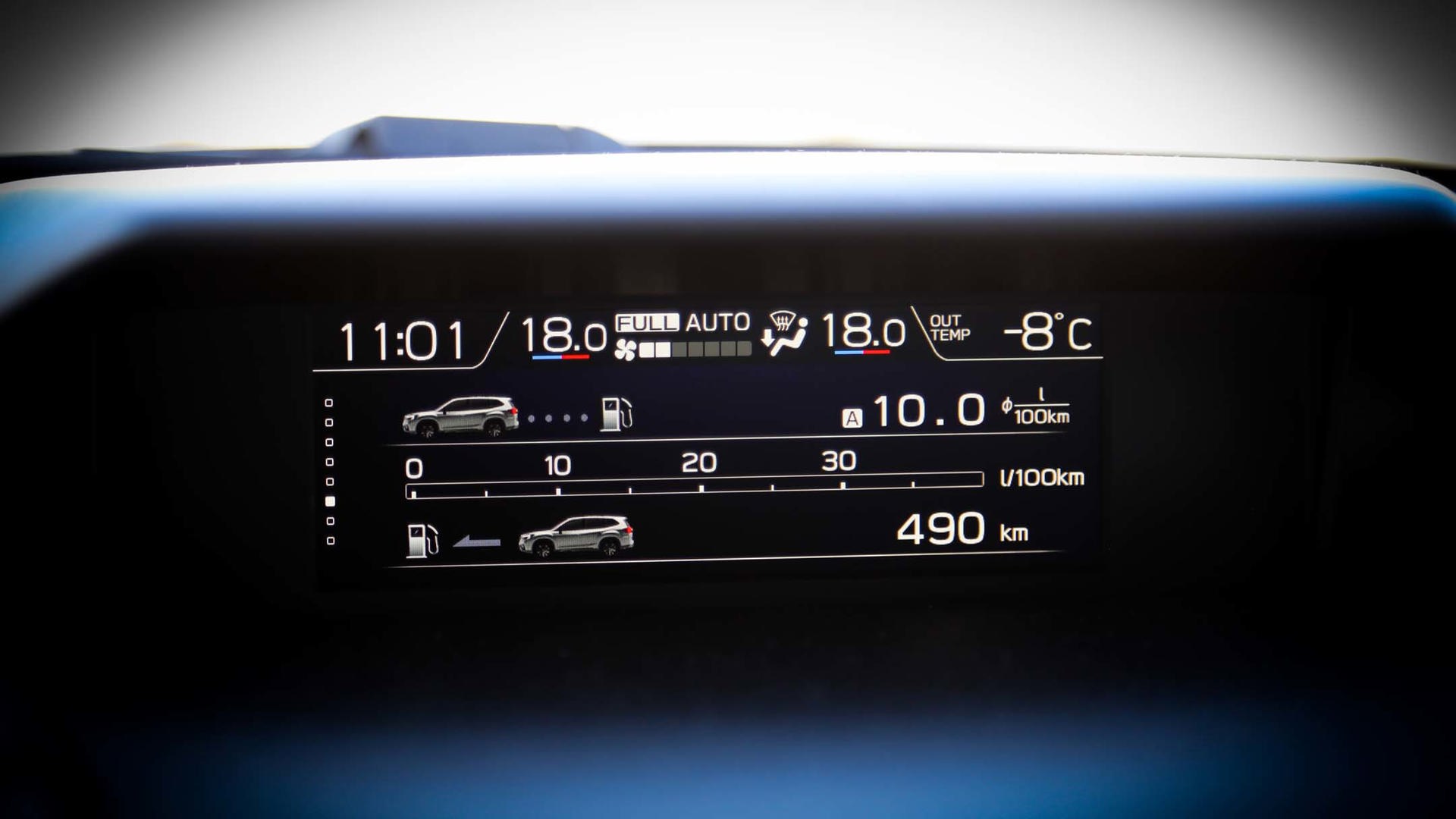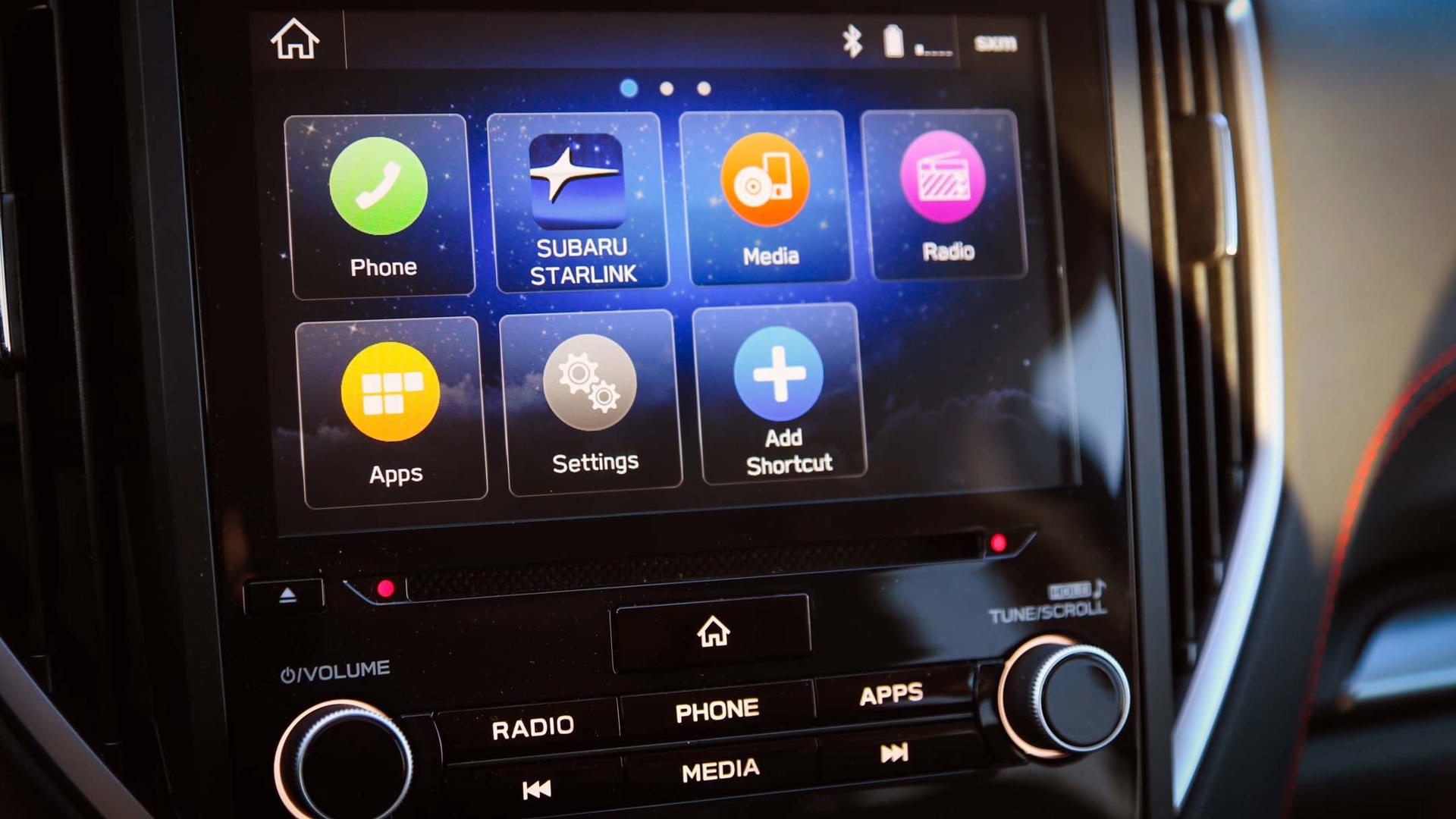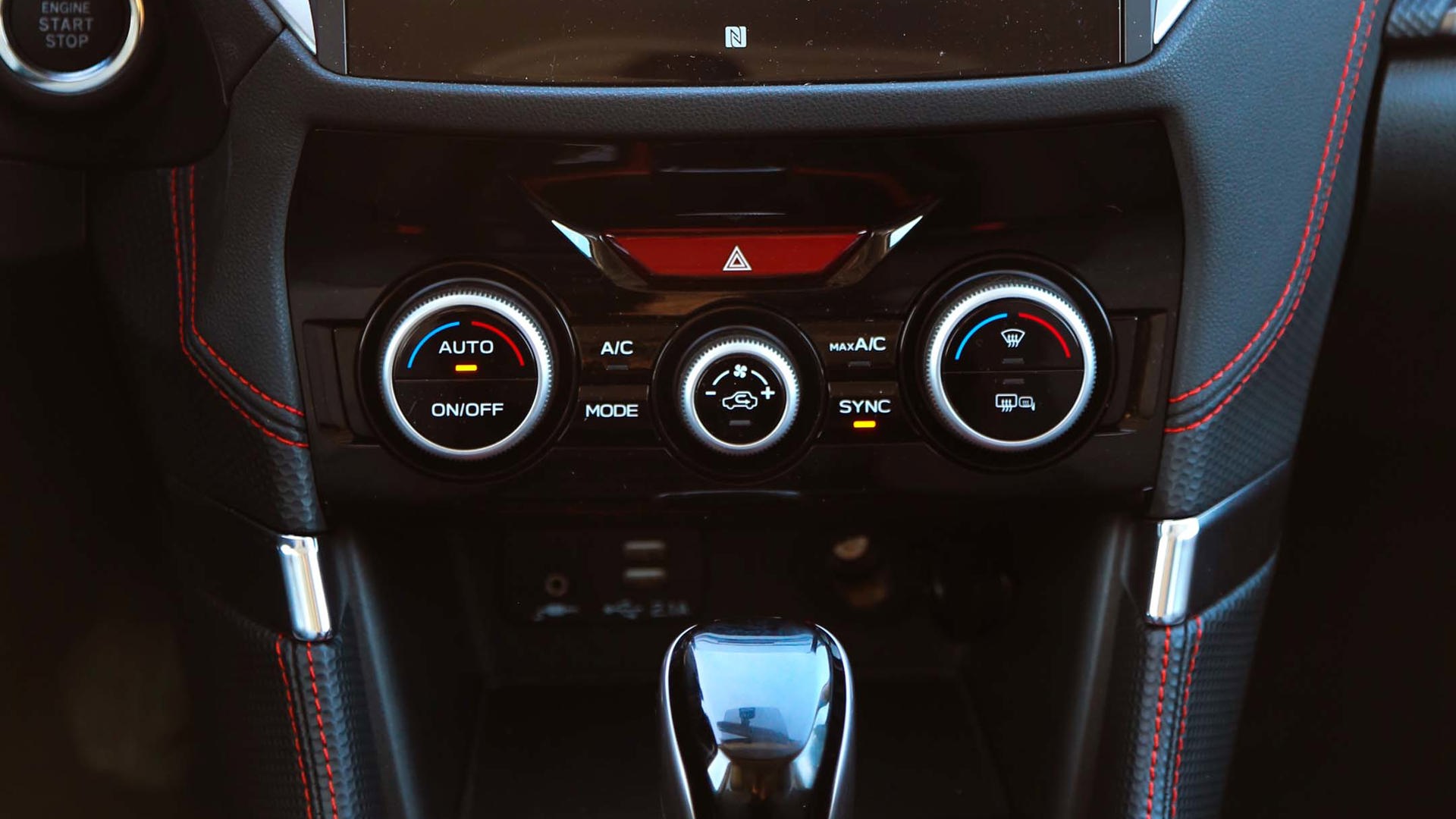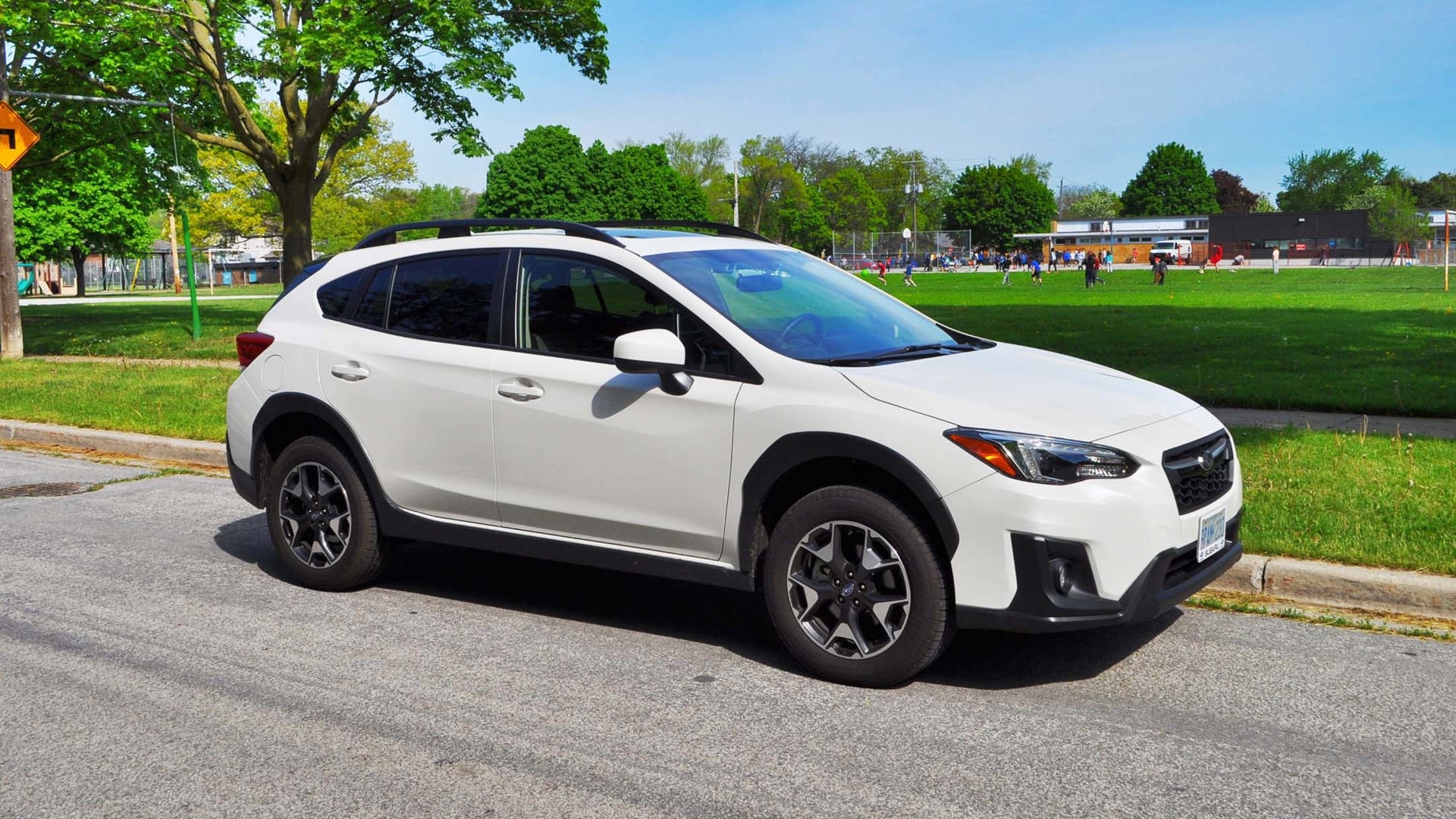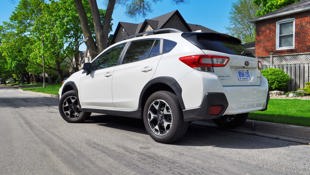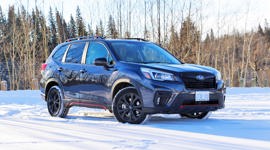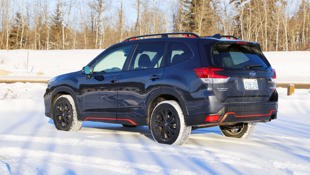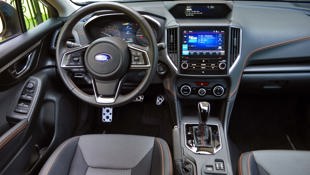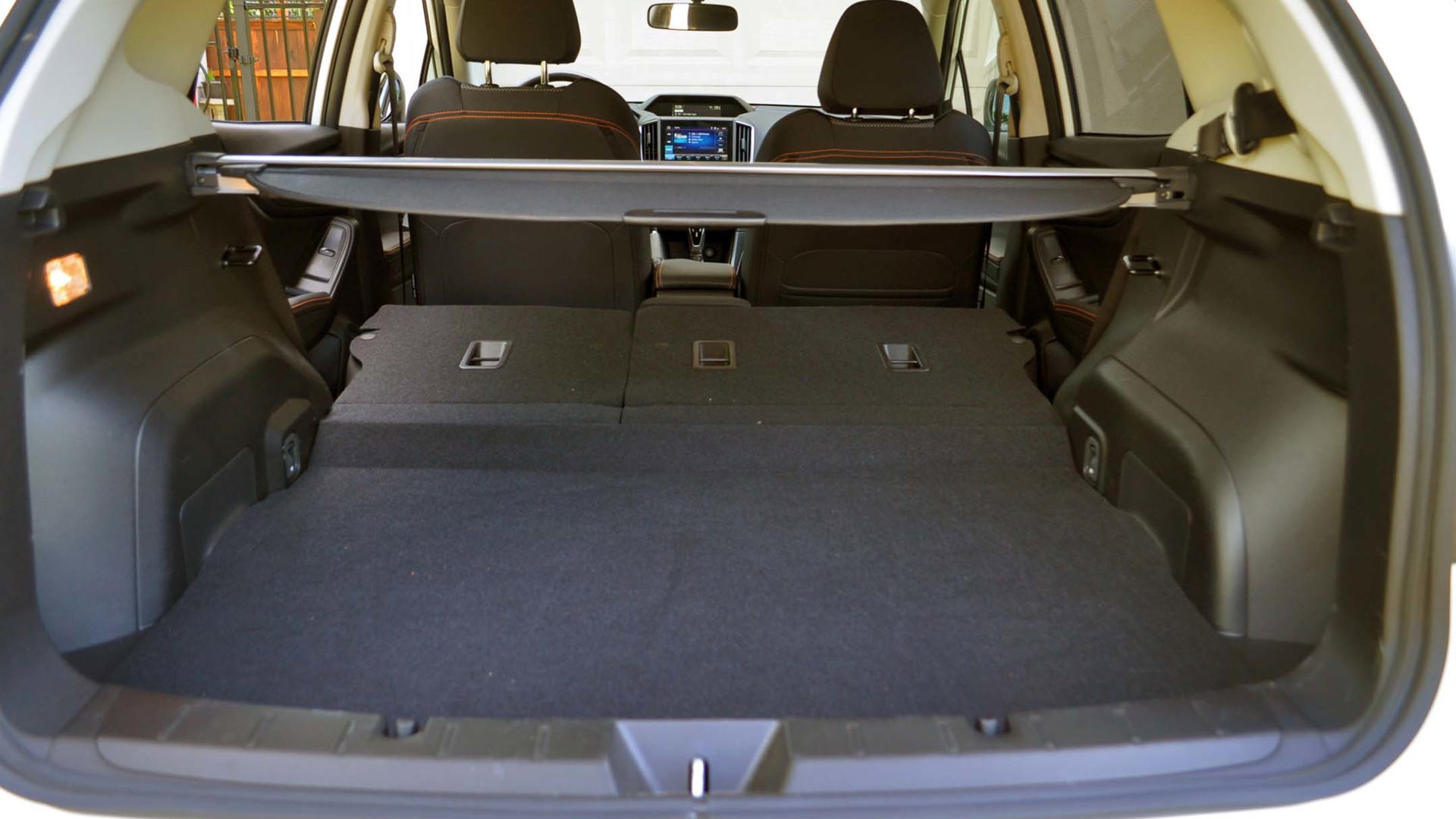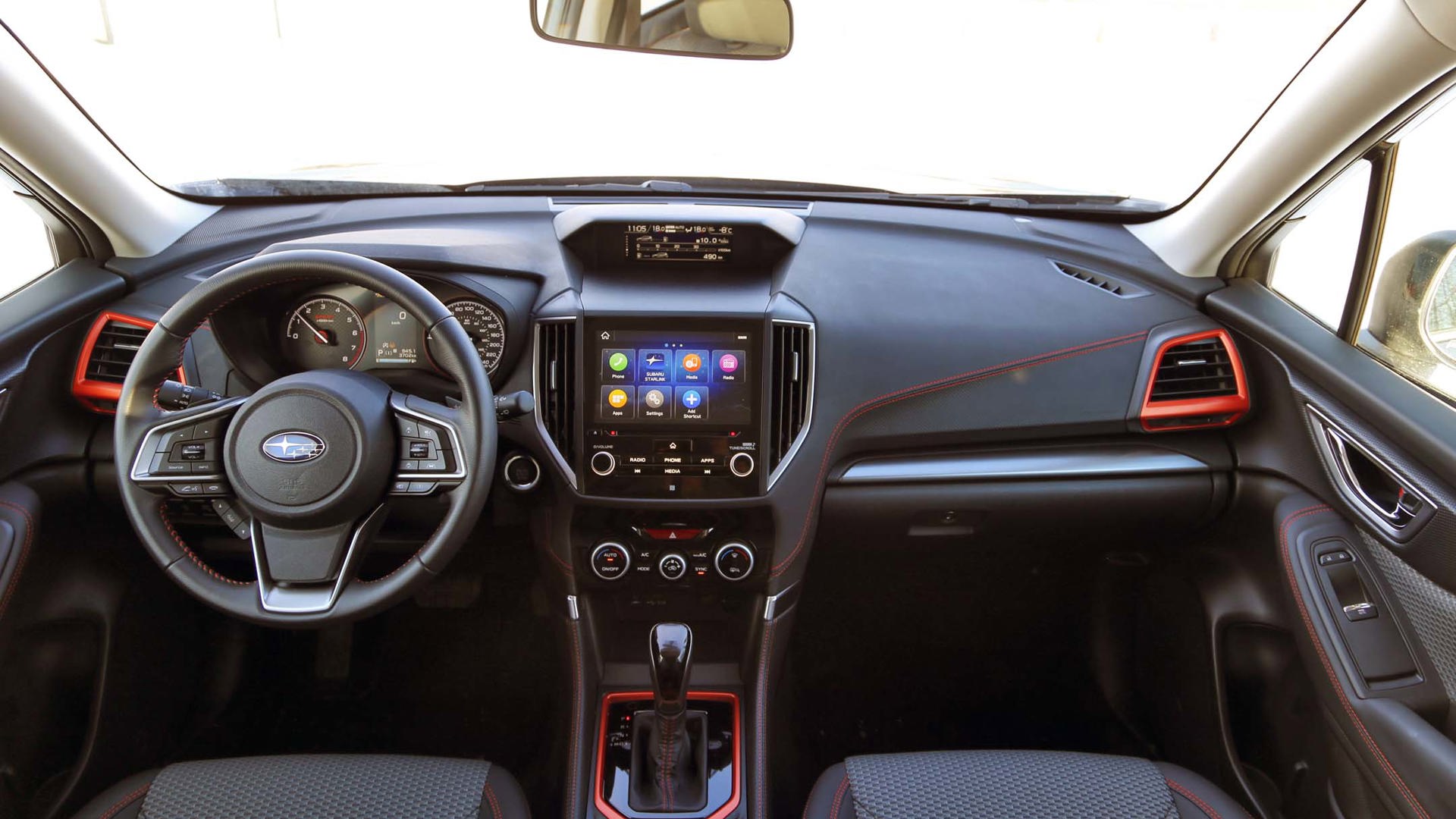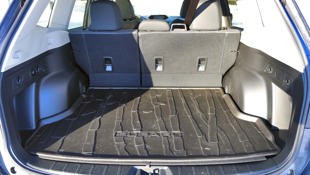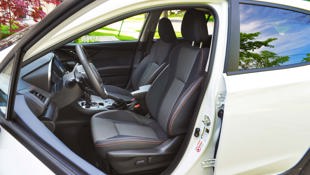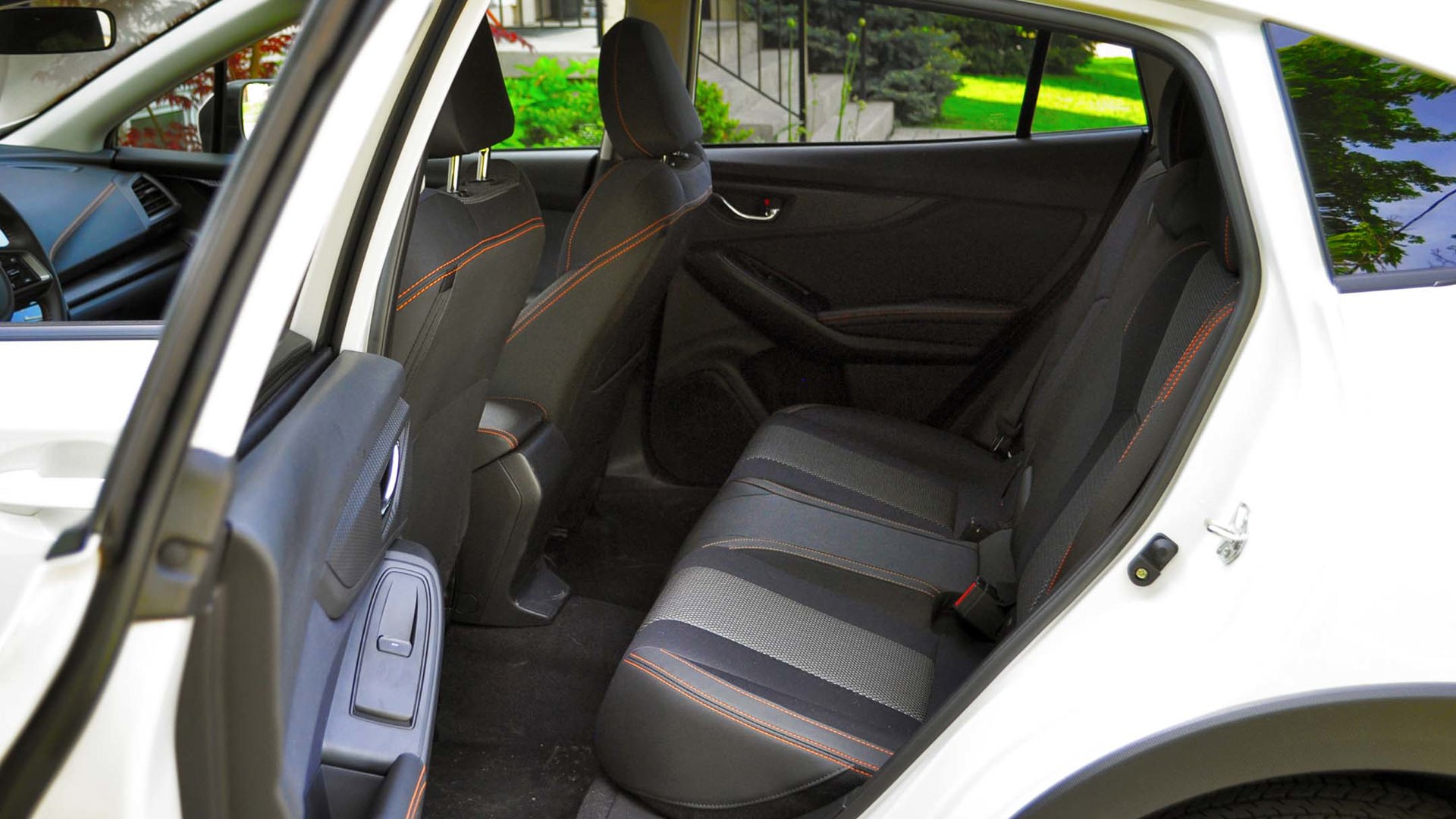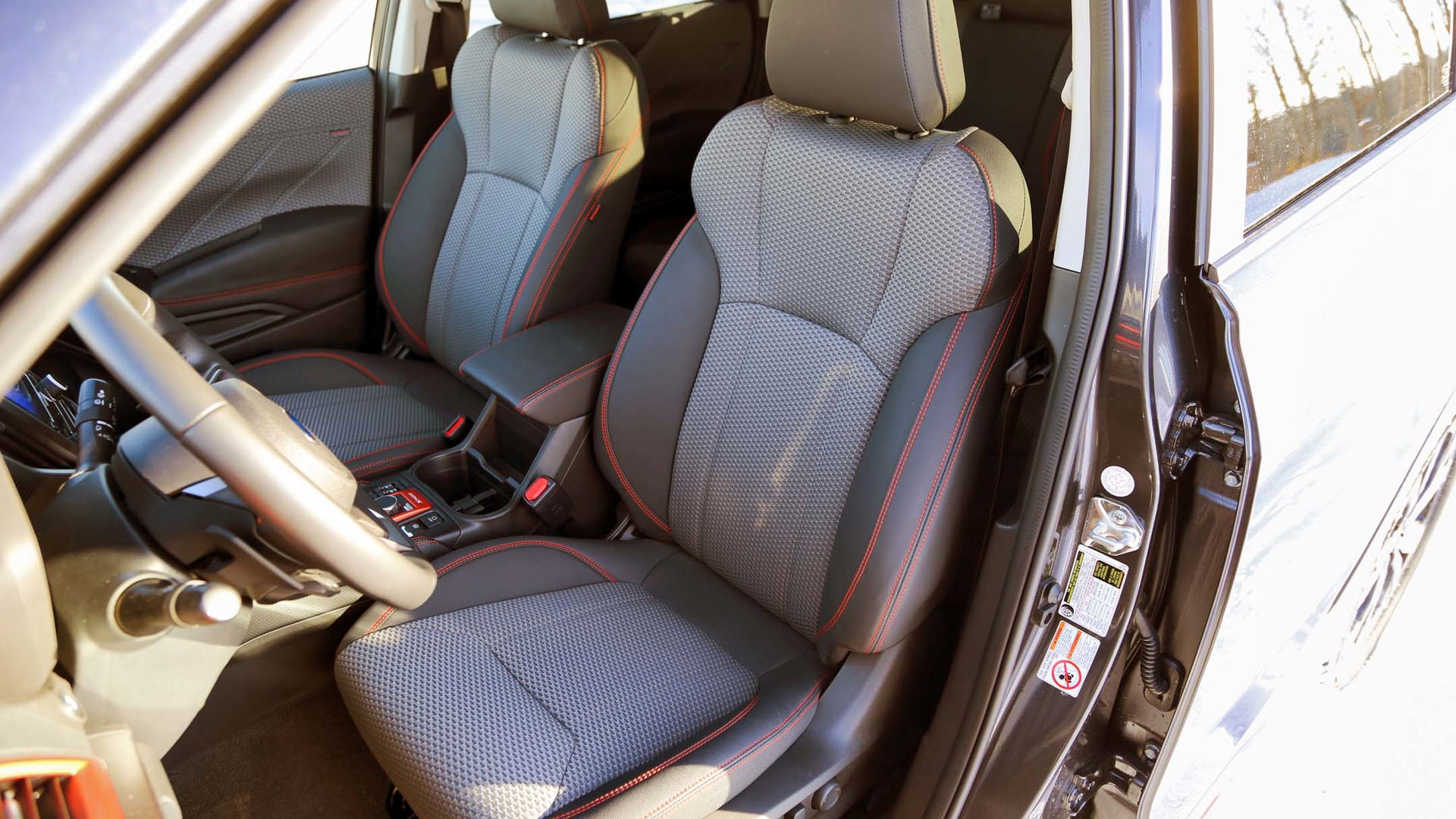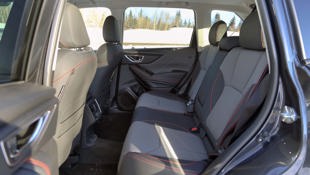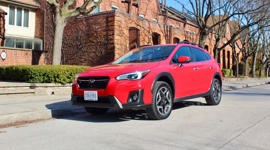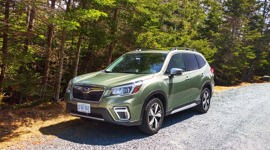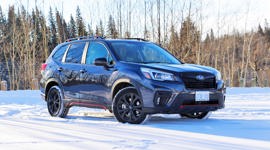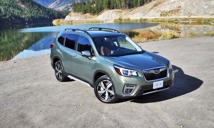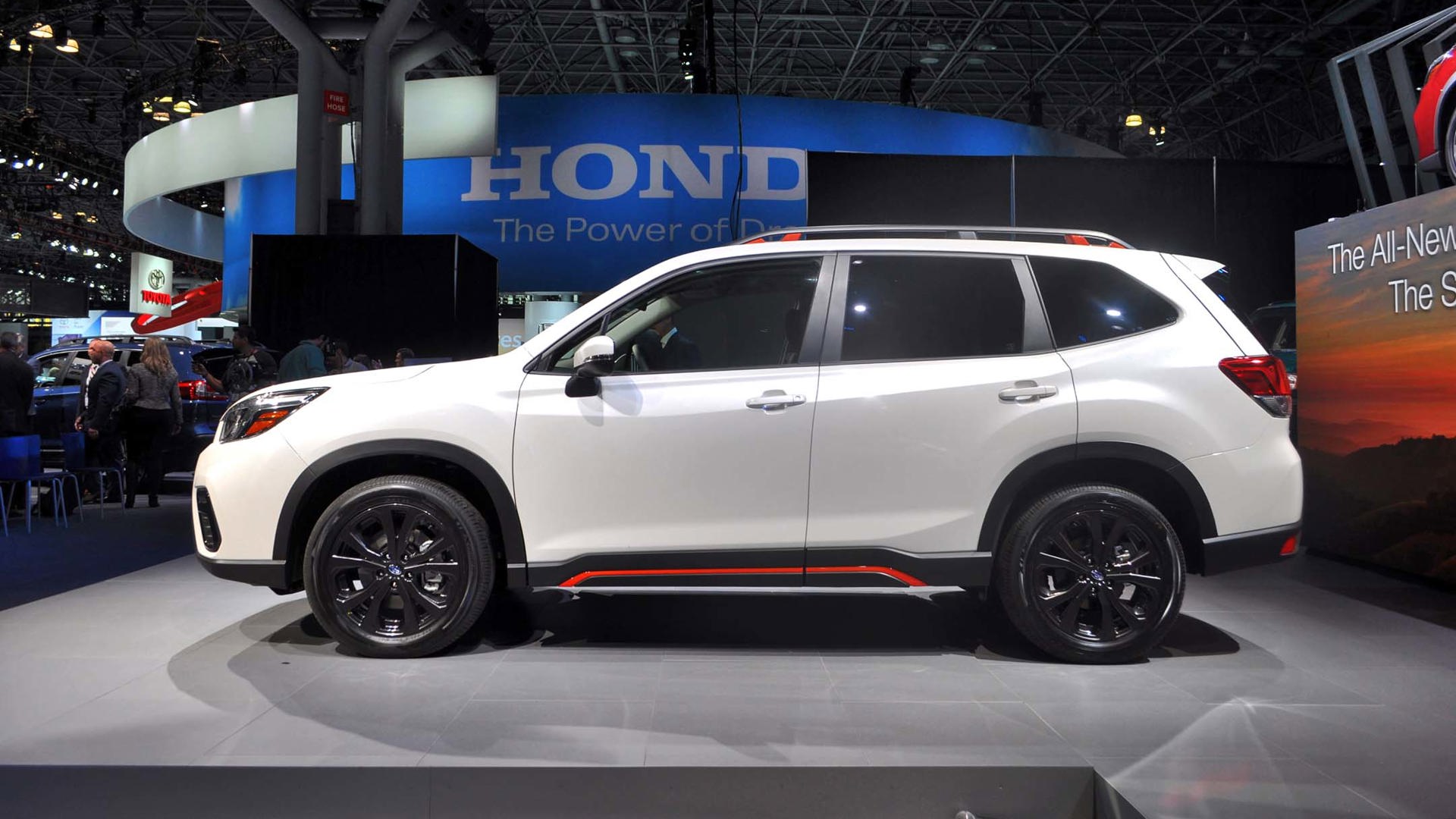The company that arguably brought all-wheel drive to the masses has been on something of a tear in this country as of late. While sales this year are somewhat stagnant, Subaru has managed to increase its sales each of the last seven years, with 58,000 cars sold in Canada last year — a far cry from the 23,000 it sold even a decade ago.
Two models that have been instrumental to that success are the Forester and Crosstrek, two small sport utilities that consistently rank among the top-selling Subaru models. Introduced a few years ago as an offshoot of the Impreza line, the Crosstrek has found a niche in which it provides ample ground clearance in a tidy package.
For years, the Forester was a stoically logical choice. It’s too-practical styling choices and sensible-shoes powertrain selection ensured that it was the type of car Spock would buy if he lived in the 21st century. For 2019, Subaru has given the Forester a new set of clothes — along with some other tweaks — so it looks at least slightly more stylish.
Capability
Crosstrek
Long expounding on the beauty of all-wheel drive, the Crosstrek has been designed with a full 220 mm of ground clearance, similar to the rest of Subaru’s SUV lineup. When it comes to wheels, 17-inch rollers are standard across the board except on Limited trims, which grow to 18 inches. Crosstrek reliably weighs about 140 kg less than the Forester, meaning it may get further into the mud without getting stuck. Subaru asks drivers not haul more than 680 kg (1,500 lb) with their shiny new Crosstrek.
Forester
Like the Crosstrek, the Forester also has 220 mm of ground clearance. Thanks to a taller and more upright style, however, its approach and departure angles best those of its cousin, coming in at 22.9 and 24.6 degrees, respectively. This means the Forester can claw its way over taller snowbanks than the Crosstrek but may drag its butt a bit more on the dismount. Towing is also limited to 680 kg (1,500 lb).
Bottom Line
The Crosstrek’s lighter weight and more compact dimensions might make it a better selection for those traversing the city in between their bouts of lifestyle activity. Despite having the same ground clearance, the Forester is nearly 13 cm taller, resulting in more headroom.
Powertrains
Crosstrek
Under the hood of the 2019 Crosstrek one will find a 2.0L flat four-cylinder making 152 hp and 145 lb-ft of torque. Mercifully, Subaru still sees fit to offer a six-speed manual with this engine, having binned that gearbox from the rest of its SUVs. Those who don’t wish to row their own may opt for a continuously variable transmission.
Forester
In its 2019 model year, selecting an engine in the Forester is easy. Displacing a half-litre more than the Crosstrek’s mill, this 2.5L boxer heaves out 182 horses and 176 lb-ft of twist. These extra ponies more than make up for the Forester’s weight penalty compared to its sibling. Lashed to this engine is a CVT with seven simulated gears. A new X-Mode is standard — same goes for CVT-equipped Crosstreks — and fiddles with engine output and transmission ratios to help drivers get through the thick bits.
Bottom Line
Crosstrek wins this border skirmish by dint of keeping a manual transmission on its options list. Personal experience has proven this gearbox isn’t the slickest six-speed in the world, but it remains leagues more interesting than the incessant mooing of a CVT — even if the latter is better on fuel.
Cabin Space
Crosstrek
Absent of a sunroof, the smaller of our two contenders brings 1,010 mm of front headroom to the party and 966 mm for second row passengers. Plopping a sunroof in the thing shaves those measures to 955 mm and 960 mm respectively. Hey, all those electronics and motors have to go somewhere. Legroom is 1,095 mm up front and 926 mm in the back. In all, passenger volume is 2,856 litres, a touch less with the sunroof.
Forester
Given its taller greenhouse, the Forester beats its showroom-mate in headroom measurements, offering 1,046 mm up front and 1,005 mm in the rear. Adding a sunroof takes it down to 1,021 mm for pilot and co-pilot while reducing it to 957 mm for backseat urchins. Legroom measures 1,100 mm front and 1,000 mm inches astern. Total passenger volume? 3,169 L.
Bottom Line
A bigger car is a bigger car, no amount of physics-bending engineering can change that. The Forester wins in just about every measure, particularly in the area of front-row headroom. Legroom is a wash up front but the Forester wins soundly when back seat space is measured. If you’ve a brood of tall kids, consider the Forester.
Technology
Crosstrek
EyeSight – a suite of technology that bundles pre-collision brake assist, adaptive cruise control, lane-departure warning, and other safety nannies – is optional on the Sport and Limited for Canadian customers this year. It adds about $3,000 to the price of the former and $1,500 to the latter. Those two trims also get an 8-inch infotainment screen rather than the 6.5-inch unit found in the Convenience and Touring models.
Forester
For 2019 in Canada, most trims come standard with Subaru’s helpful EyeSight driver assist technology which is a boon for safety (it’s optional on Convenience and not available on 2.5i). Infotainment choices are the same as in the Crosstrek, with only the top three trims being granted access to the 8.0-inch screen.
Bottom Line
EyeSight tucks its sensors and cameras inside the car behind the rearview mirror, a smart choice which guards against expensive repairs in the case of a minor parking lot bump. The win goes to the Forester here, since that safety tech is available on more trims. Really, though, the dandy new 11-inch infotainment system in the big Outback can’t come to these cars soon enough.
Cargo Capacity
Crosstrek
Leaving the back seats in place for humans, the Crosstrek provides 588 L of room for stuff. Fold those seats down and space nearly triples to 1,565 L. The floor length with the rear seats folded flat is 1,631 mm; cleave that in half if you’ve deployed those seats for passenger use. A maximum width of 1,090 mm appears between the wheel wells.
Forester
This car’s extra height and length pays major dividends here. Cargo volume with the back seat upright measures 1,002 L and swells to 2,155 L with the seat stowed away. The presence of that optional sunroof dings these measures by 68 L and 147 L, respectively. Fold-flat floor length is 1,856 mm, meaning you can bring home longer pipe from the hardware store in the Forester than the Crosstrek. Space between the wheelwells is nearly identical to its smaller cousin.
Bottom Line
Straight up, the Forester has more cargo space than the Crosstrek, which makes sense given its larger external dimensions. Note that its cargo space is significantly impacted by the presence of a sunroof; if you’re Forester shopping, be sure to sample models both with and without that feature.
Style
Crosstrek
This car virtually defines the term “wagon on stilts” because that’s exactly what it is. Black cladding above the wheels give the illusion of height, as does black trim along the bottom of its door sills. The available roof rack lets the neighbours know you’re ready for real adventure, even if the only adventure you’ll be taking is navigating to the L.L. Bean store.
Forester
Appearing as if to be standing on its tiptoes has been a Forester styling trait since the model was introduced more than two decades ago. This most recent iteration does a better job of integrating the tall greenhouse than Foresters of old, some of which simply looked like an upside-down fishbowl.
Bottom Line
This is, and always will be, a very subjective measure. Nevertheless, your author will take this opportunity to reiterate that the Forester and its extra couple inches of height has always looked awkward. The sole exception is its Sport trim with black wheels and bright orange accents inside and out.
Fuel Economy
Crosstrek
Opting for the manual transmission here does not save on fuel. Far from it, in fact. Natural Resources Canada rates the stick-shift Crosstrek at 10.5 L/100 km in the city and 8.1 on the highway for a combined rating of 9.4 L/100 km. This is not tremendous for a small car, though it does feature full-time all-wheel drive. CVT examples do much better, earning a rating of 8.8 L/100 km in the city and 7.2 on the highway making for a rating of 8.1 L/100 km in mixed driving conditions.
Forester
With only a continuously variable transmission on offer, determining fuel economy for the Forester is straightforward: Expect to see returns of 9.0 L/100 km in the city and 7.2 L/100 km on the highway. Mix ’em up to get 8.2 L/100 km.
Bottom Line
Equipped equally with a CVT, both these cars are rated close enough to call it a draw. It’s almost as if Subaru has figured out a way to provide a larger and more commodious Forester without any financial penalty. Well, aside from the price tag, so let’s talk about that next.
Pricing
Crosstrek
A starting bid of just $23,695 makes this year’s Crosstrek one of the most affordable ways to get into an all-wheel-drive vehicle. Be aware you’ll have to pony up if you want the dandy EyeSight safety tech, as the first model in which it appears costs $30,695. A loaded Limited tops out at $32,295.
Forester
The least expensive Forester is priced a fin under $28,000. This, your author feels, represents a great value for this commodious wagon equipped with all-wheel drive. Each step up the trim-level ladder adds about two grand to the bill, maxing out at $39,495 for a high-zoot Premier model.
Bottom Line
One doesn’t always get what they pay for in this life (I’m looking at you, $12 taco from that food truck on Barrington Street) but it appears we may with Subaru. The larger Forester starts $4,000 further up the Pleiades’ food chain but brings with it a lot more space and capacity. Your author’s choice out of all this? The $34,995 Forester Sport, painted Crystal Black Silica, please.
